Assuming a VA loan can be a strategic move for both buyers and sellers, especially in a rising interest rate environment. Here’s what you need to know if you're considering this option.
Key Requirements for VA Loan Assumption:
1. Credit Score: The buyer must have a minimum credit score of 580.
2. Debt-to-Income Ratio**: A DTI ratio of 45% or lower is required.
3. Fees: Unless exempt, buyers must pay a VA funding fee, equal to 0.5% of the existing principal loan balance. Additionally, there may be a processing fee (usually $300 or more) and a credit report fee.
4. Loan Terms: Buyers must agree to take over the original loan’s terms, including the interest rate, lender, and payment schedule.
5. Payment History: Both the buyer and seller need a 12-month history of no missed or late payments.
6. Occupancy: The person assuming the loan must occupy the property.
7. Exemptions from VA Funding Fee**:
- Veterans receiving compensation for a service-related injury.
- Veterans entitled to compensation but receiving active-duty or retirement pay.
- Purple Heart recipients.
- Surviving spouses of Veterans who died in service or from a service-related disability.
Although the person assuming the VA loan doesn’t need to be a Military member, it may be advantageous for sellers to choose a Military borrower. This allows them to transfer their VA loan entitlement to the buyer, freeing up their own entitlement for future home purchases.
Steps to Assume a VA Loan
1. Find a VA-Backed Property: Work with your real estate agent to locate homes with VA loans, or use specialized platforms like TakeList.com.
2. Qualify for Loan Assumption: Buyers must meet the VA’s and the lender’s criteria for credit score, income, and DTI ratio.
3. Agree to Existing Loan Terms: Unlike traditional mortgages, buyers cannot shop for better loan terms. They must take on the same payments and rate as the seller.
4. Obtain a Release of Liability for the Seller: Without this, the seller remains responsible for the loan if the buyer defaults. Sellers must request this from the VA using form 26-6381.
5. Pay Fees and Costs: Buyers pay the VA funding fee (unless exempt), closing costs, and potentially a down payment if the home's purchase price exceeds the loan balance.
6. Exchange VA Loan Entitlements: If eligible, buyers can swap their VA loan entitlement for the seller's, allowing the seller to reuse their benefits.
Should You Assume a VA Loan?
VA loan assumptions come with both benefits and challenges.
Pros:
- Lower Interest Rates: In a rising-rate market, buyers can take advantage of the seller's lower VA loan rate.
- Reduced Closing Costs: Buyers may save on costs compared to getting a new mortgage. The VA funding fee is also lower at 0.5% compared to 2.3%–3.6% for an original VA loan.
- Sellers Regain VA Benefits: If the buyer is a qualified Military borrower, the seller can reclaim their full VA loan entitlement for future purchases.
Cons:
- Approval Process: VA and lender approval is required, which can complicate the transaction.
- Down Payment: Buyers may need a substantial down payment to cover the difference between the purchase price and the loan balance, unlike original VA loans which often require no down payment.
- Entitlement Risks for Sellers: If the buyer isn't a Military borrower, the seller may lose their VA entitlement.
- Liability: Sellers without a release of liability may still be held responsible for missed payments.
-Paying the difference between the exitisting loan amount to the sales price offered.
While VA loan assumptions can benefit both parties, they require careful consideration and understanding of the process. Whether you’re a buyer looking for lower interest rates or a seller hoping to free up your VA loan benefits, this option could be worth exploring if the terms align with your financial goals.
